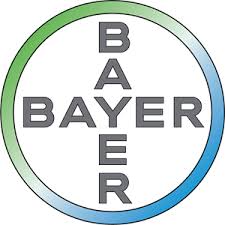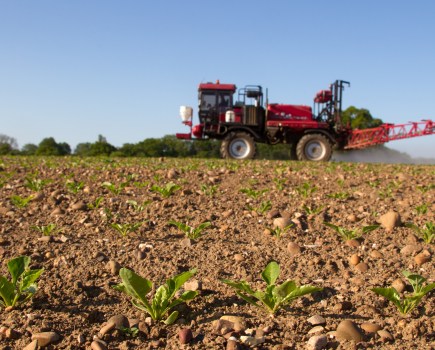Widespread Phoma infections in the first samples assessed in the Bayer SpotCheck initiative are not a surprise, but the finding of light leaf spot in some samples this early is.
ADAS is sampling oilseed rape leaves supplied by farmers and agronomists for signs of light leaf spot and other diseases. Although the initiative only started at the beginning of October it has already revealed light leaf spot present in commercial crops, and some trial sites. Although it’s interesting that light leaf spot has been found so early in the season what is probably more noteworthy is where it was first found.
It’s no surprise to find light leaf spot at Bayer’s Coldstream site in the Scottish borders but it is more surprising to find it in perhaps Clacton, Essex and Thetford, Norfolk. The first positive commercial results all came from leaves supplied by farmers from East Anglia and south Lincolnshire. It is still eastern counties that are taking the brunt of the disease but light leaf spot is now being picked up as far west as Somerset and Herefordshire.
ADAS plant pathologist Julie Smith is surprised to see the disease so early. Positive results were obtained from the first batch of samples ADAS received. “It confirms what we have suspected. That light leaf spot can be present in the crop much earlier than symptoms express themselves in the field,” she notes.
Bayer’s Darren Adkins believes seeing light leaf spot so early this season could be as a result of early drilling. “The first positive samples have all come from areas where cabbage stem flea beetle (CSFB) is a concern. With good conditions during late July and early August many farmers took the opportunity to get crops drilled. These crops have been exposed from an early stage.
“What is also of note is that positive samples have been recorded from Barbados, Elgar and DK Exalte – all varieties that have better resilience against the disease.”
He urges growers to be vigilant and use a second application to safeguard against Phoma reinfection and light leaf spot, especially where crops have been in the ground for some time. “Light leaf spot is as damaging as any oilseed rape disease and if it gets in then there is no curative option. The gap to stem extension can be long and we have seen the disease continue to cycle over a series of mild winters. There is still nothing better than Proline275 (prothioconazole) for light leaf spot and it has to be the base in light leaf spot control strategies,” he says.




